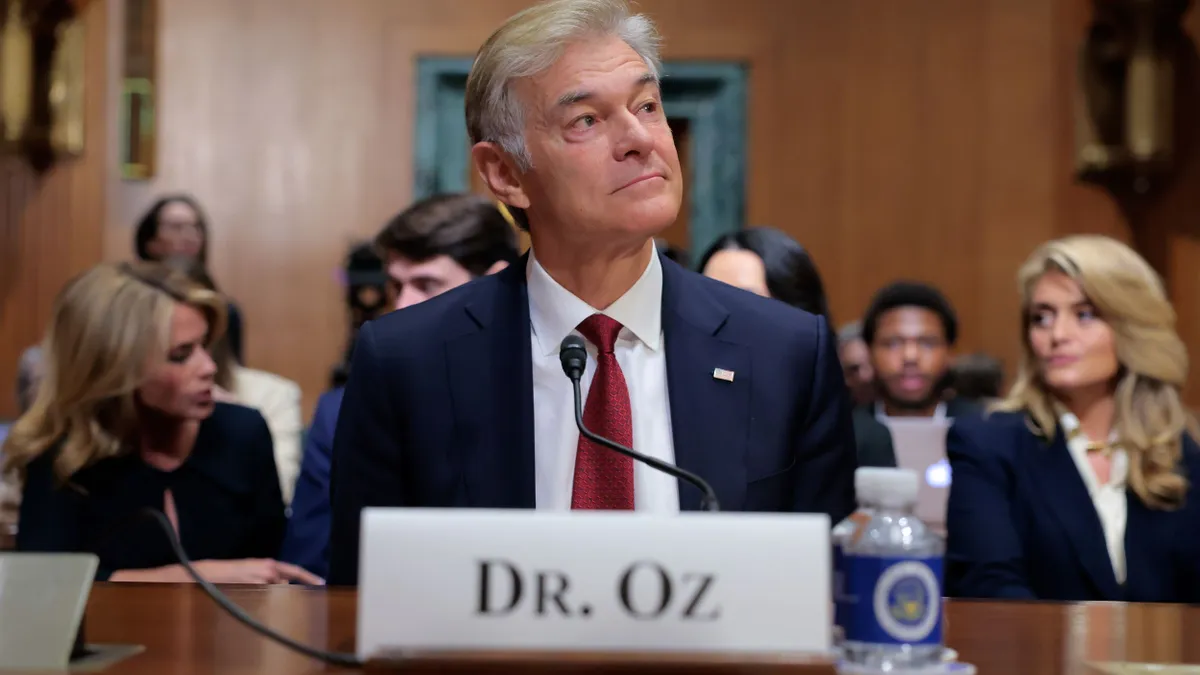Dive Brief:
- The American Hospital Association (AHA) has asked the US Department of Heath to back off some of its planned anti-kickback regulations because the organization believes the new guidelines might have a negative impact on patient care.
- The proposal issued last week by the HHS Inspector general tightens the safe harbor rules for kickbacks and gainsharing civil monetary penalties for Medicare Shared Savings Programs. The biggest point of contention rests in the new rule that mandates hospitals only transport "established" patients, and restrict those trips if they exceed 25 miles.
- "Allowing transportation for only an 'established patient' is too limiting," wrote AHA Executive Vice President Rick Pollack in his letter to the HHS Inspector General. "Requiring that transport be a distance no greater than 25 miles will potentially prevent Medicare beneficiaries living in rural areas from accessing needed care. The distance limit also could affect Medicare beneficiaries' receipt of the right care at the right time and in the right place to achieve the ACA's Triple Aim."
Dive Insight:
Rural hospitals typically get the short end of the stick, so it’s good that the AHA is concerned about how these already-struggling facilities serve their hometown patients.
While the AHA's objection to the transportation rule seems a bit nitpicky, rural hospitals would argue that transportation is the whole ballgame for them. In fact, we reported last August that a new start-up was looking to use flying drones to connect rural hospitals with their big city counterparts for the delivery of urgent supplies and medication. As rural hospitals continue to look for affordable solutions, good on the AHA for having their backs on the transportation issue.
That being said, the AHA also praised some parts of the Inspector General's proposal, primarily because of its realization that patient care no longer begins and ends in the inpatient setting. Pollack praised the IG for providing new rules that enable hospitals to deliver more products and services to their patients, while still safeguarding the integrity of the system.
Want to read more? You may enjoy this feature on the efficiency of rural healthcare.













